The Biological Mechanisms of Epigenetic Regulation
Introduction
Epigenetic regulation refers to changes in gene expression that do not involve alterations to the underlying DNA sequence. This biological mechanism plays a crucial role in various processes such as development, aging, and memory formation, as well as in several diseases. Epigenetic regulation is achieved through two primary mechanisms: DNA methylation and histone modification. These processes can be influenced by environmental factors, leading to heritable changes in gene expressionread more.
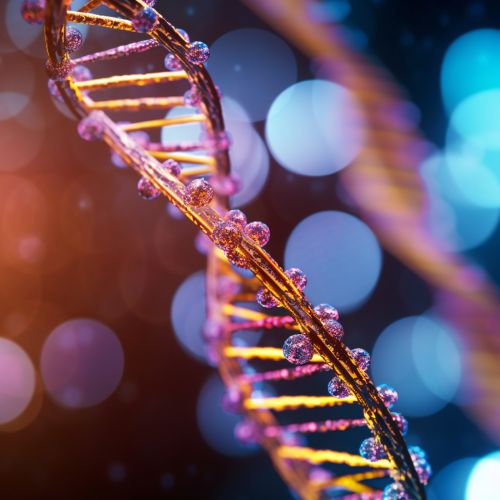
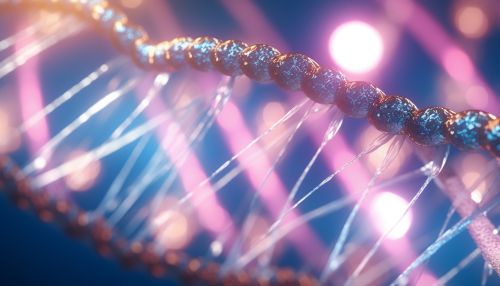
DNA Methylation
DNA methylation is a chemical process that involves the addition of a methyl group to the DNA molecule. This modification can change the activity of a DNA segment without changing the sequence. When located in a gene promoter, DNA methylation typically acts to repress gene transcriptionread more.
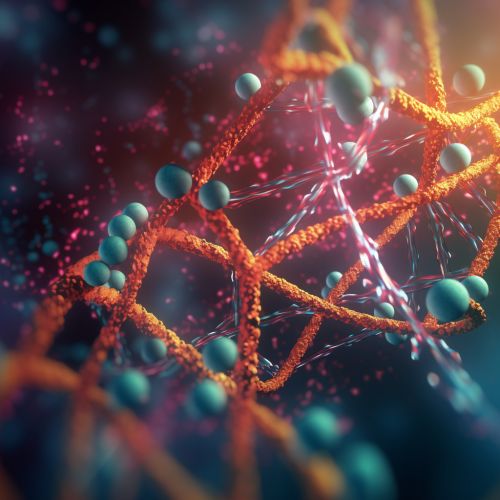

Mechanism of DNA Methylation
DNA methylation primarily occurs at cytosine residues of a cytosine-phosphate-guanine (CpG) dinucleotide, a region where a cytosine nucleotide is followed by a guanine nucleotide in the linear sequence of bases. The addition of a methyl group to the cytosine residue is catalyzed by a group of enzymes known as DNA methyltransferases (DNMTs). There are three active DNMTs in mammals: DNMT1, DNMT3A, and DNMT3Bread more.
Histone Modification
Histones are proteins that help package DNA into a compact, efficient form. They are the chief protein components of chromatin and can be chemically modified by the addition or removal of certain groups, such as acetyl, methyl, or phosphate groups. These modifications can alter chromatin structure and influence gene expressionread more.
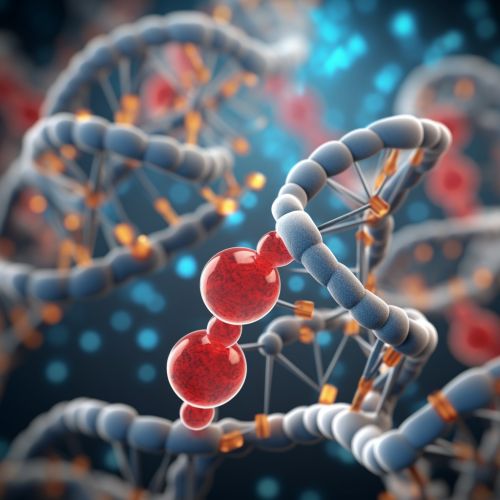

Mechanism of Histone Modification
Histone modifications occur primarily on the N-terminal tail domains of histones, which protrude from the nucleosome. These modifications are catalyzed by specific enzymes that can add or remove acetyl, methyl, or phosphate groups. For example, histone acetyltransferases (HATs) add acetyl groups to lysine residues, which generally leads to gene activation. Conversely, histone deacetylases (HDACs) remove these groups, leading to gene repressionread more.
Role in Disease
Aberrant epigenetic regulation can lead to inappropriate gene expression or silencing, which can contribute to diseases such as cancer, autoimmune diseases, and neurological disorders. For example, in cancer, genes that control cell growth may be improperly silenced through DNA methylation or histone modifications, leading to uncontrolled cell proliferationread more.
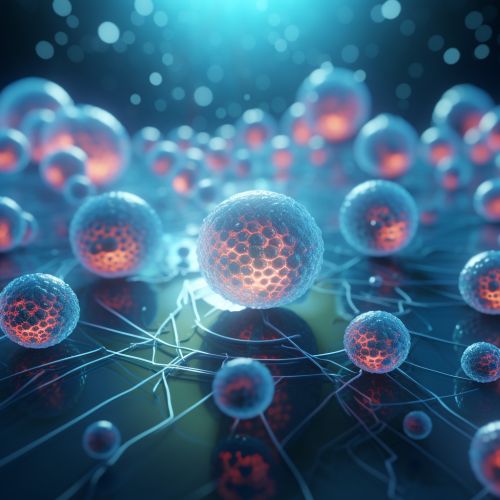
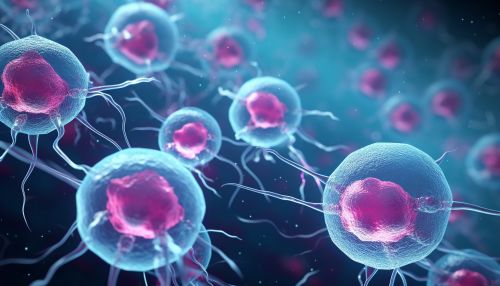
Future Directions
Understanding the mechanisms of epigenetic regulation and how they are disrupted in disease is a rapidly growing field of research. This knowledge could potentially be harnessed for therapeutic purposes, for example, by developing drugs that can modify DNA methylation or histone modifications to correct aberrant gene expression patternsread more.


